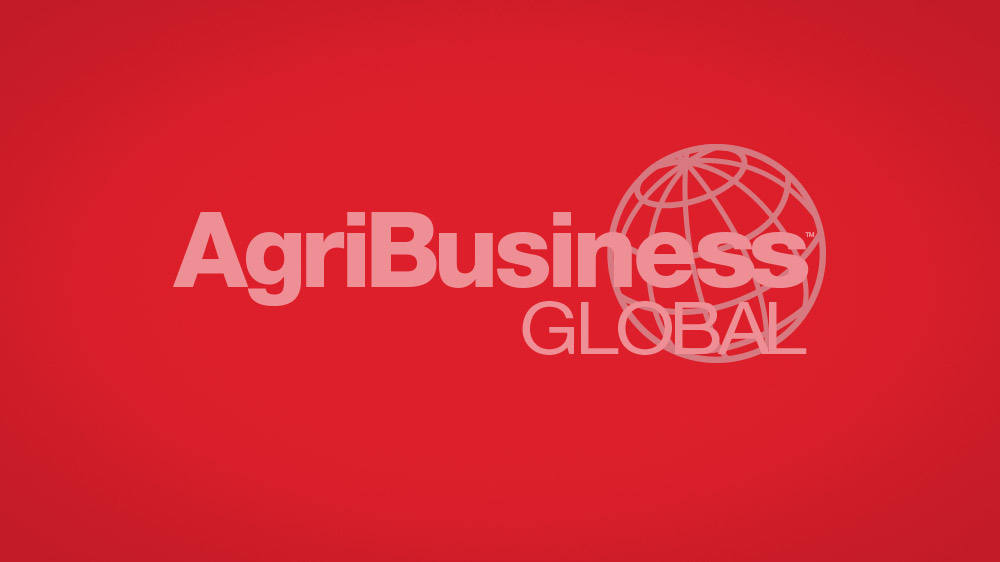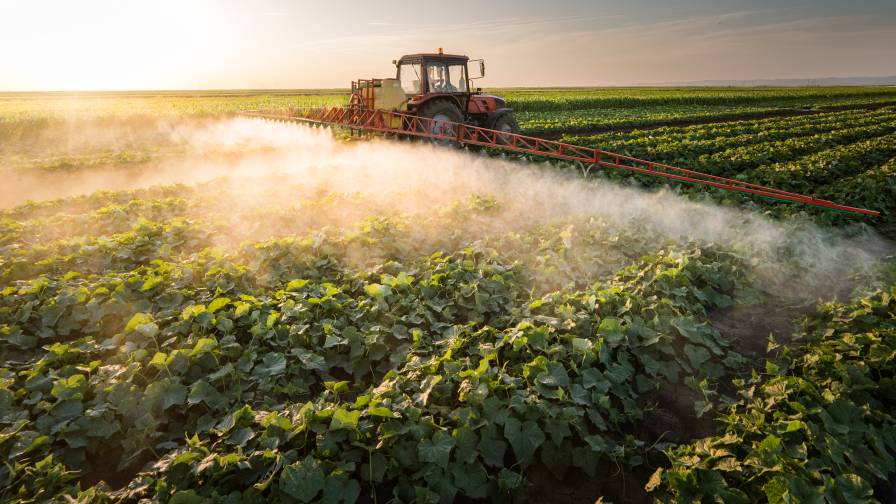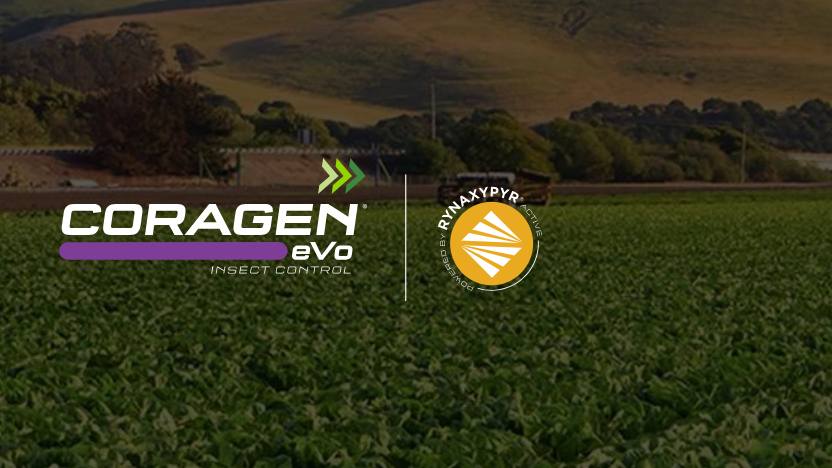Brazil: New Agriculture Plan Released
For the first time, the government added "supply of energy" to the goals of Brazilian agriculture (in addition to the traditional goals of food supply, economic growth, job creation, and increased rural income). The PAP allocates US $36.8 billion to finance costs, commercialization and investment.
A total of US $30.5 billion has been allocated to commercial agriculture and US $6.3 billion to family agriculture. The PAP also lowers the interest rate for this financing to 6.75%, from 8.75% under the previous PAP.
Many middle-income farmers have had difficulty accessing financing due to an estimated US $69 billion in accumulated debt from previous crops built up mainly over the last five years.In an effort to help these producers, some adjustments were made to the Program to Create Jobs and Rural Income (PROGER Rural). The allowed gross annual income of users was doubled to US $115,800, the credit limit was doubled to US$52,600 per beneficiary, and the interest rate was lowered nearly 2%. The government estimates these changes will provide access to credit for 70% to 80% of Brazil’s middle-income producers who are linked to cooperatives.
To overcome structural difficulties and expand the use of the program, the rural insurance subsidy has increased to US $52.6 million, and proposed legislation will be sent to Congress around August to create a Catastrophe Fund to protect the insurance market against financial losses in the event of a catastrophe.
The new plan acknowledges the significant problems associated with a lack of adequate infrastructure (particularly in the Center-West), but states that it cannot be dealt with through agricultural policy. The government is creating a working group to study the issue. It is estimated that US $1.6 to $2.6 billion will be required to solve the problem.





